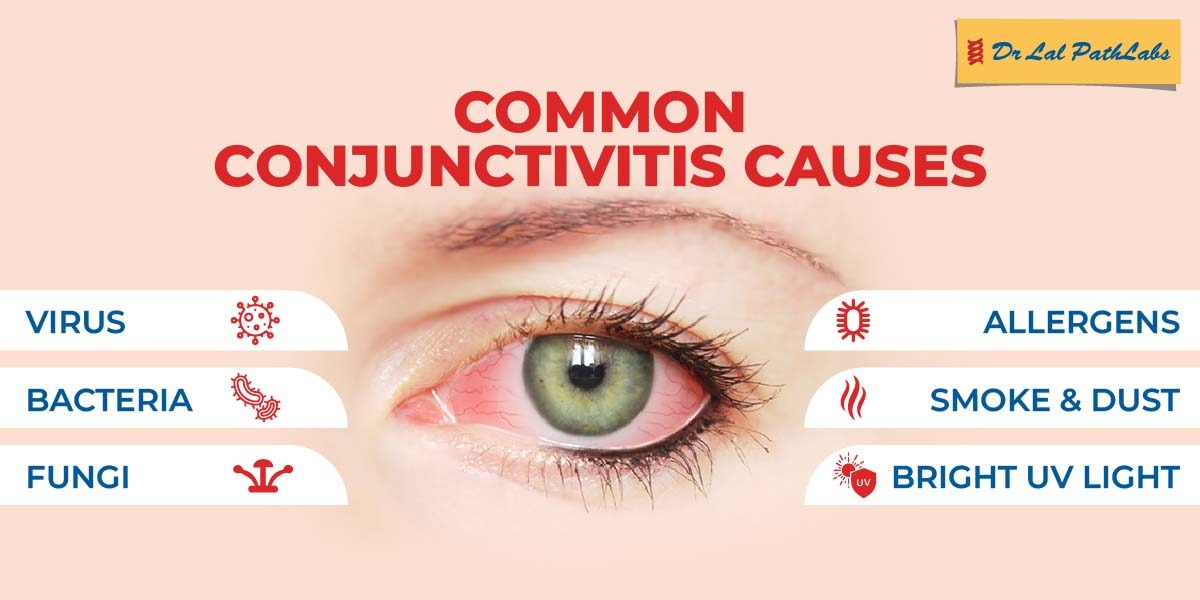Introduction
Have you ever experienced red, itchy, and irritated eyes? If so, you might have encountered conjunctivitis, commonly known as pink eye. Conjunctivitis is a common eye condition that affects people of all ages and is highly contagious.
What is Conjunctivitis?
Conjunctivitis is the inflammation of the conjunctiva, a thin, clear tissue that covers the white part of the eye and lines the inner surface of the eyelids. It can be caused by various factors, including viruses, bacteria, allergies, and irritants.
Causes of Conjunctivitis
- Viral Conjunctivitis: Viral conjunctivitis is highly contagious and often caused by the same viruses responsible for the common cold. It spreads through direct contact with infected eye secretions or respiratory droplets.
- Bacterial Conjunctivitis: Bacterial conjunctivitis is caused by bacteria and can occur on its own or as a secondary infection from a cold or other respiratory condition. It is also contagious and can spread through hand-to-eye contact.
- Allergic Conjunctivitis: Allergic conjunctivitis is triggered by allergens like pollen, pet dander, dust mites, and certain irritants. It is not contagious but can cause discomfort for those with allergies.
- Irritant Conjunctivitis: Irritant conjunctivitis occurs when the eyes come into contact with irritants such as smoke, fumes, chemicals, or foreign objects. This type is not contagious and typically resolves once the irritant is removed.
Symptoms of Conjunctivitis
The symptoms of conjunctivitis can vary depending on the cause, but common signs include:
- Redness in the white part of the eye and inner eyelids.
- Itching or a feeling of something in the eye.
- Excessive tearing or watery eyes.
- Swollen eyelids.
- Thick discharge or pus from the eyes, especially in bacterial conjunctivitis.
- Crusty eyelashes, particularly after sleep.
- Sensitivity to Light (Photophobia).
Types of Conjunctivitis
- Acute Conjunctivitis: Acute conjunctivitis refers to a sudden onset of symptoms and can be caused by viruses or bacteria. It usually resolves on its own within a week or two.
- Chronic Conjunctivitis: Chronic conjunctivitis lasts longer and may be caused by underlying conditions such as dry eye syndrome or autoimmune disorders. It may require ongoing treatment.
- Giant Papillary Conjunctivitis (GPC): GPC is a type of allergic conjunctivitis often associated with wearing contact lenses or ocular prosthetics. It is characterized by the formation of small, raised bumps on the inner surface of the eyelids.
Conclusion
Conjunctivitis is a common and treatable eye condition that can affect anyone. Understanding its causes, symptoms, and types can help you recognize the condition and seek appropriate care. Whether it’s viral, bacterial, allergic, or irritant conjunctivitis, early diagnosis and proper management can alleviate discomfort and prevent its spread to others. If you experience persistent eye symptoms, it is essential to consult an eye care professional for an accurate diagnosis and personalized treatment plan.





